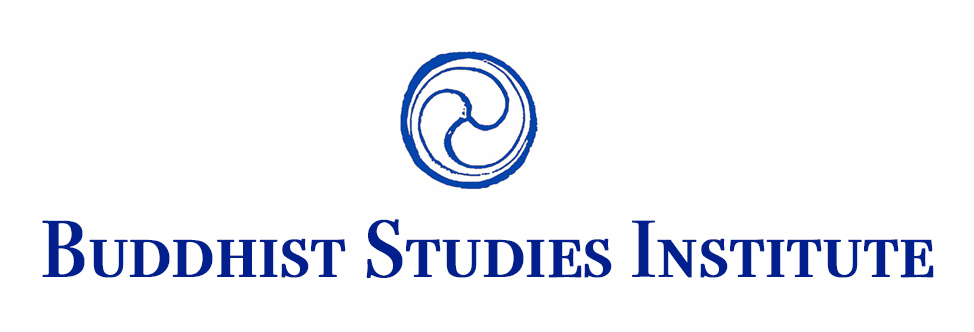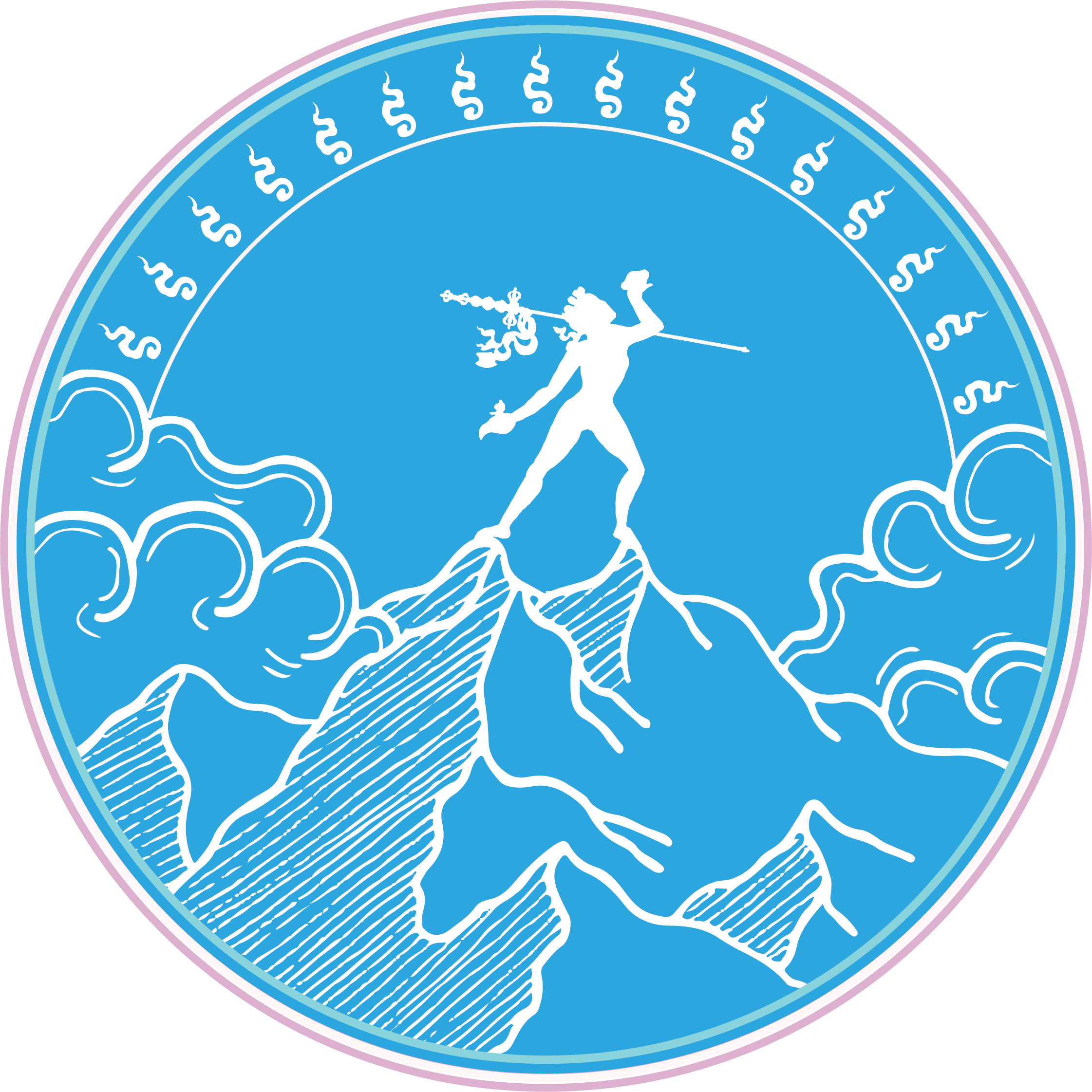Vajrayana Training 2.1.1 Bewilderment
VT 2.0 Module 1 Lesson 1 – Bewilderment
With Pema Khandro
An Introduction to Vajrayana study and the study of the text, Ngeton Zangpo’s Guide to the Dakini’s Heart.
The Text to Be Studied
An Instruction Manual for The Great Perfection, Heart Essence of the Dakinis
- Tibetan Title: རྫོགས་པ་ཆེན་པོ་མཁའ་འགྲོ་སྙིང་ཐིག་གི་ཁྲིད་ཡིག་ཐར་ལམ་བགྲོད་བྱེད་ཤིང་རྟ་བཟང་པོ།
rDzogs pa chen po mkha’ ’gro snying thig gi khrid yig thar lam bgrod byed shing rta bzang po - Translation: The Excellent Chariot for the traveler on the path to liberation, the guide to the Dakinis Heart, the Great Perfection
- Sanskrit Title: Mokṣa panthaṁ gatiṣu ratho nāma mahāsaṁdhi dākinī cittatilakasya kṣiptalekha viharatisma
- Author: The Third Dzogchen Rinpoche, Ngeton Tenzin Zangpo
- Also known for short as: Dzogchen Ngeton Tenzin Zangpo’s The Excellent Chariot, Guide to the Dakini’s Heart
- Pema Khandro will call it for short: Guide to the Dakini’s Heart
English Translation of the text: You may find an english translation to follow along with. It is called “Great Perfection Outer and Inner Preliminaries,” by the Third Dzogchen Rinpoche, translated by Cortland Dahl. However, you do not need to purchase the text, the passages will also be provided in Tibetan and English along with the videos.
Today’s Passage
ཆོས་ཉན་པའི་ཚུལ་བསྟན་པ།
How to Listen to the Teachings Part 1
See the English Translation “Excellent Chariot” Page Five – The Three Flaws of a Vessel
As shown here, when you listen to the Dharma you should be free from the three flaws of a vessel and the six stains. The first of the three flaws of a vessel involves failing to listen to the words and their meanings. This is likened to pouring liquid onto an overturned vessel. The second example is pouring liquid into a vessel that contains poison, in which case whatever you pour in will become contaminated with poison. Similarly, when your mind is stained with an affliction, even if you study the Dharma it won’t be of much benefit. Pride, lack of faith, and other flaws will keep the Dharma from acting as a remedy against the afflictions. Instead, it will only serve to support them. Third, if a vessel has holes in it, it won’t be able to retain anything, in the same way that not practicing carefully and in the right order will result in an unstable realization. You should reject all of these faults.
སྣོད་ཀྱི་སྐྱོན་གསུམ་དྲི་མ་དྲུག་དང་བྲལ་བར་བྱས་ཏེ་ཉན་པར་བྱའོ།
snod kyi skyon gsum dri ma drug dang bral bar byas te nyan par bya’o/
When you listen to the Dharma you should be free from the three flaws of a vessel and the six stains.
དེ་ལང་སྐྱོན་གསུམ་ནི།སྣོད་ཁ་སྤུབ་ཏུ་བཅུད་མི་ཡོང་བ་ལྟར་ཚིག་དོན་ལ་རྣ་བ་མི་གཏད་པ་དང།
de lang skyon gsum ni/snod kha spub tu bcud mi yong ba ltar tshig don la rna ba mi gtad pa dang/
The first of the three flaws of a vessel involves failing to listen to the words and their meanings. This is likened to pouring liquid onto an overturned vessel.
སྣོད་དུག་ཅན་དུ་བཅུད་བླུག་ཀྱང་དུག་དང་འདྲེས་བཞིན་
snod dug can du bcud blug kyang dug dang ‘dres bzhin
The second example is pouring liquid into a vessel that contains poison, in which case whatever you pour in will become contaminated with poison.
ཆོས་ཐོས་ཀྱང་སེམས་ཉོན་མོངས་པའི་དྲི་མ་དང་བཅས་པས་ཕན་མི་ཐོག་སྟེན་ང་རྒྱལ་དང་མ་དད་པ་ལ་སོགས་པའི་སྐྱོན་གྱིས་ཉོན་མོངས་པའི་གཉན་པོར་མི་འགྲོ་བར་གྲོགས་སུ་འགྲོ་བ་དང་
chos thos kyang sems nyon mongs pa’i dri ma dang bcas pas phan mi thog sten nga rgyal dang ma dad pa la sogs pa’i skyon gyis nyon mongs pa’i gnyan por mi ‘gro bar grogs su ‘gro ba dang
Similarly, when your mind is stained with an affliction, even if you study the Dharma it won’t be of much benefit. Pride, lack of faith, and other flaws will keep the Dharma from acting as a remedy against the afflictions.
།སྣོད་ཞབས་རྡོལ་དུ་བཅུད་མི་ཆགས་པ་བཞིན་ནན་ཏན་མཐར་ཆགས་མི་བྱེད་པས་རྟོགས་པ་མི་བརྟན་པ་རྣམས་སྤངས་།
snod zhabs rdol du bcud mi chags pa bzhin nan tan mthar chags mi byed pas rtogs pa mi brtan pa rnams spangs /
Third, if a vessel has holes in it, it won’t be able to retain anything, in the same way that not practicing carefully and in the right order will result in an unstable realization. You should reject all of these faults.
Key Concepts
- Vajrayana [rdo rje theg pa]: “Indestructible vehicle,” also known as Tibetan Buddhism. Vajrayana is the path which sees that misperceptions are the cause of suffering, misperception of one’s own being, of one’s own mind and of the world. For the Nyingma sect of Tibetan Buddhism, the term Vajrayana includes Tibetan Tantra and Dzogchen. In this course Vajrayana is studied from the Dzogchen view, which means we interpret all Buddhist vehicles in terms of a buddha-nature in the person and the world, which is emptiness, presence and compassionate creativity.
- Trulpa’i Sem [sprul pa’i sems]: The bewildered mind. The mind that projects itself outward and doesn’t recognize its own projections. Therefore it gets caught up in dualism and the mental afflictions.
Next class
We will study the six stains, see Zangpo, page six.
________________________________
Sources
bzang po, ngas don bstan ‘dzin. rdzogs pa chen po mkha’ ‘gro snying thig gi khri yig thar lam bgrod byed shing rt bzang po zhes bya ba bzhugs so. Mi khron mi rigs dpe skun khang: 1997.
Rinpoche, Gangteng Tulku. Direct Path to Dzogchen. Lecture. 1999.
Rinpoche, Patrul. Words of My Perfect Teacher. Shambhala: Boston, 1998.
Zangpo, Ngeton. The Third Dzogchen Rinpoche Great Perfection Outer and Inner Preliminaries. Dahl, Cortland, Translator. Snow Lion: New York, 2007.
Studies Cited
http://www.bbc.com/future/story/20160907-how-curiosity-can-protect-the-mind-from-bias‘
https://www.vox.com/identities/2016/11/15/13595508/racism-trump-research-study
Discussion Points for VLive
Define: Vajrayana, Tantra, Dzogchen, Nyingma
Review: The Three Defects of the Pot


Leave a Reply
Want to join the discussion?Feel free to contribute!